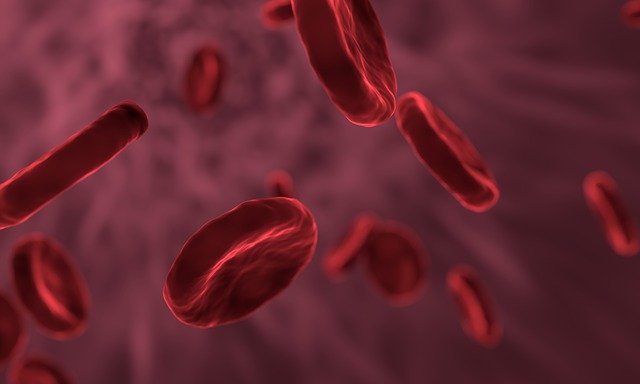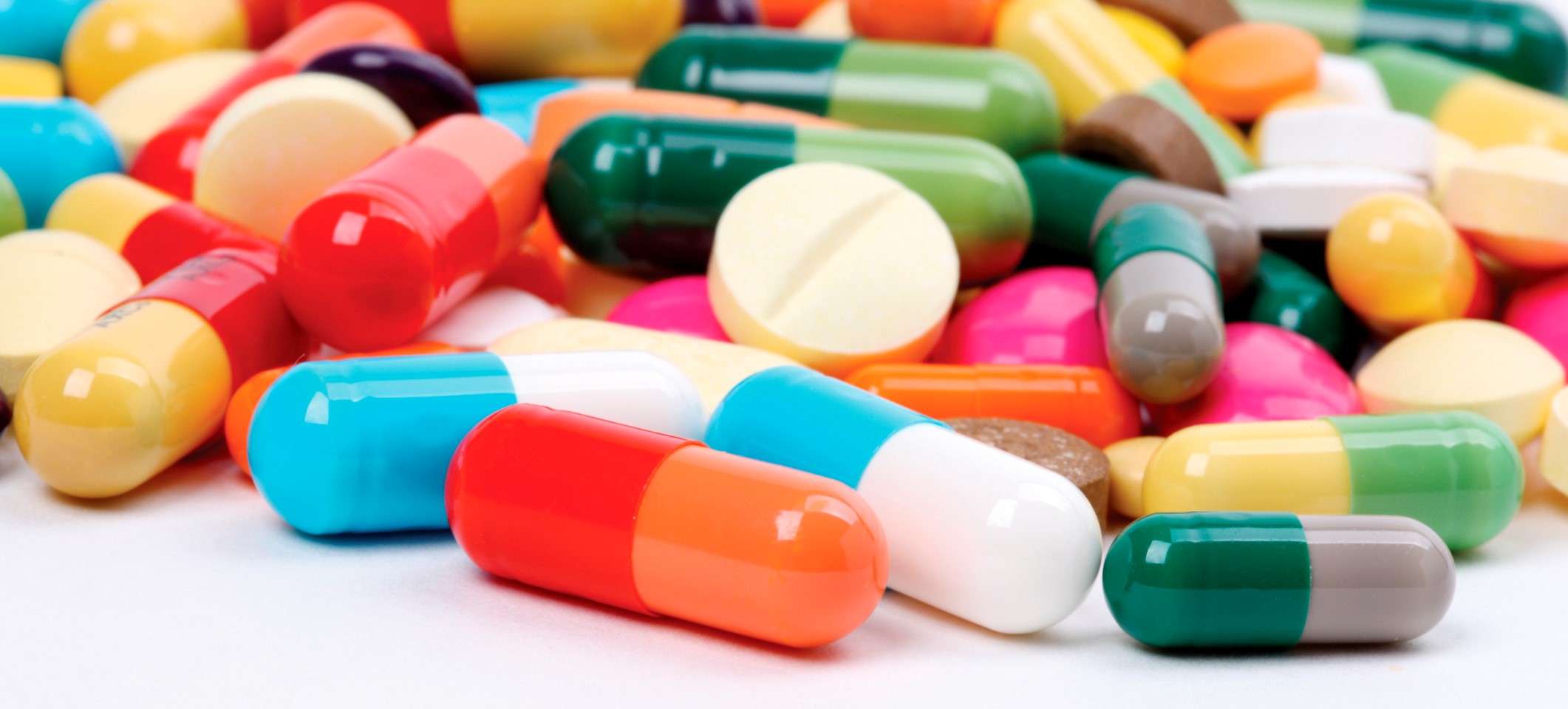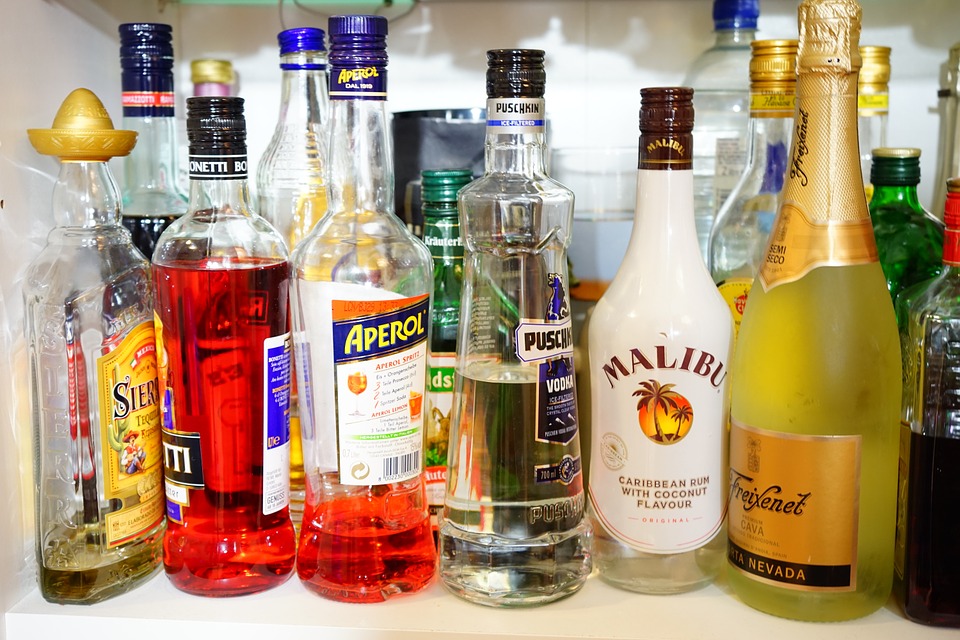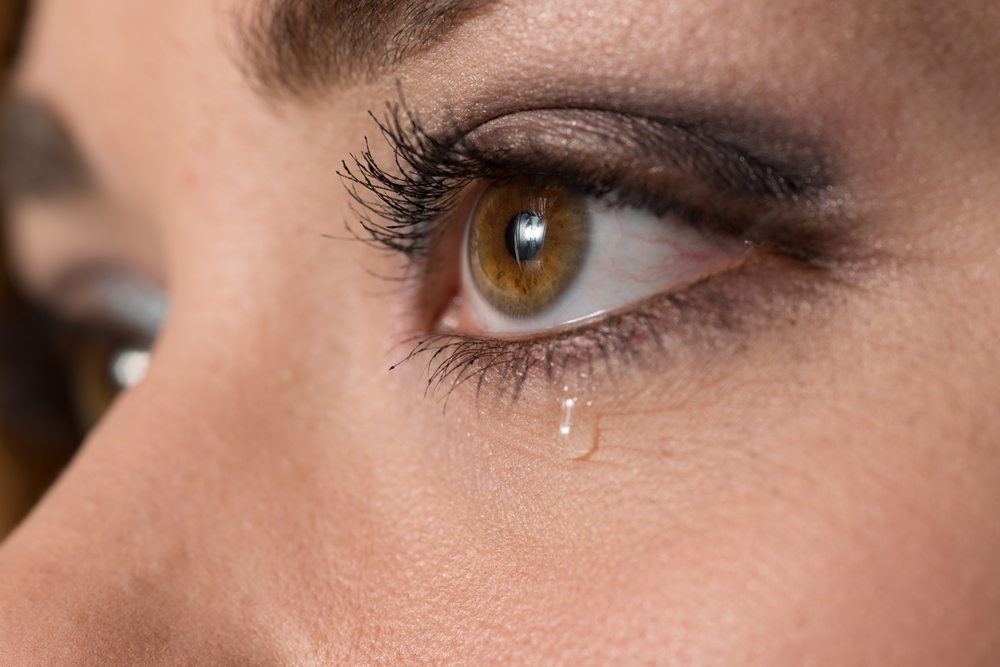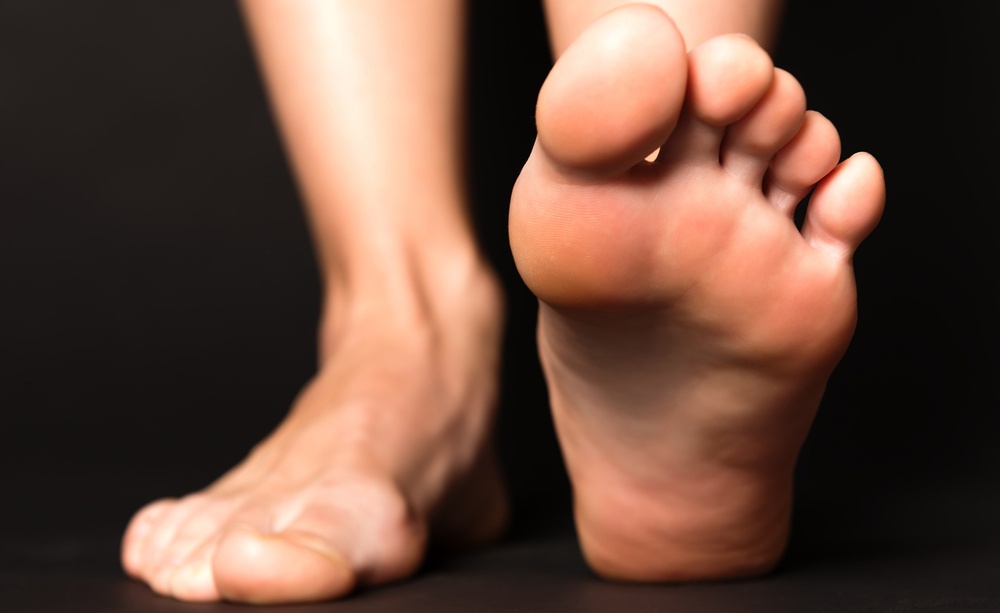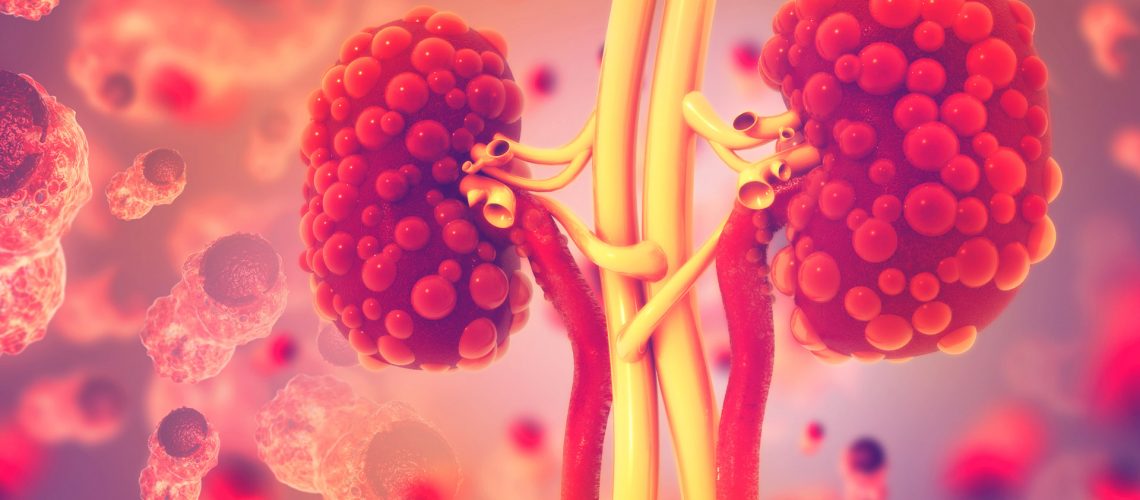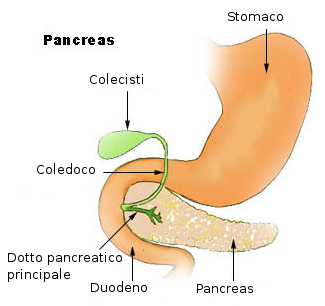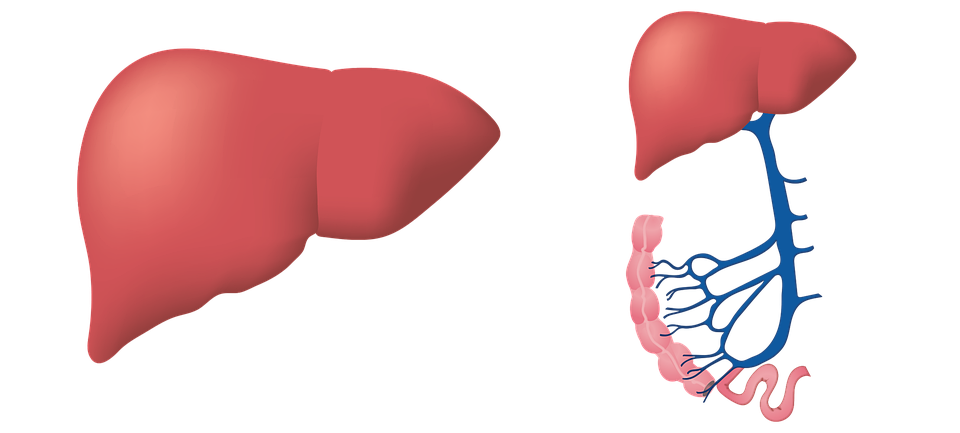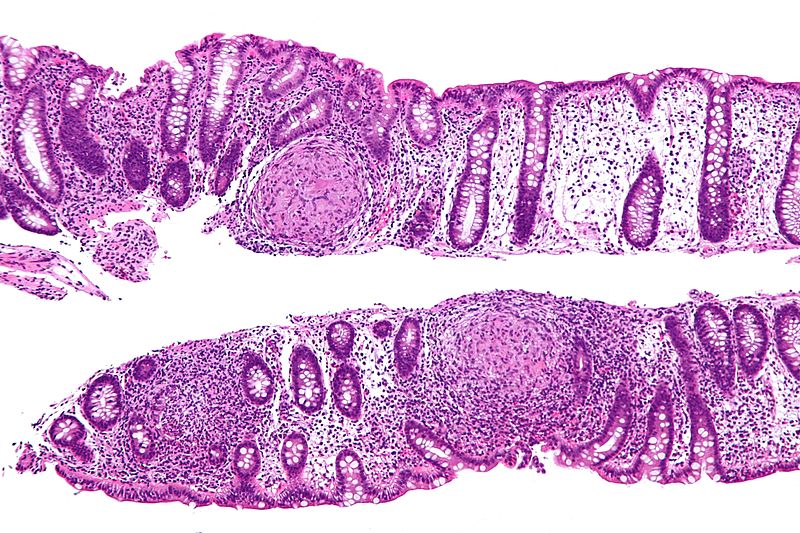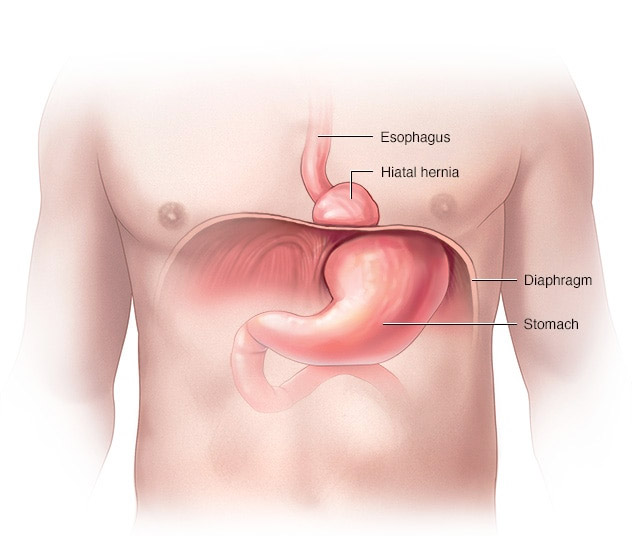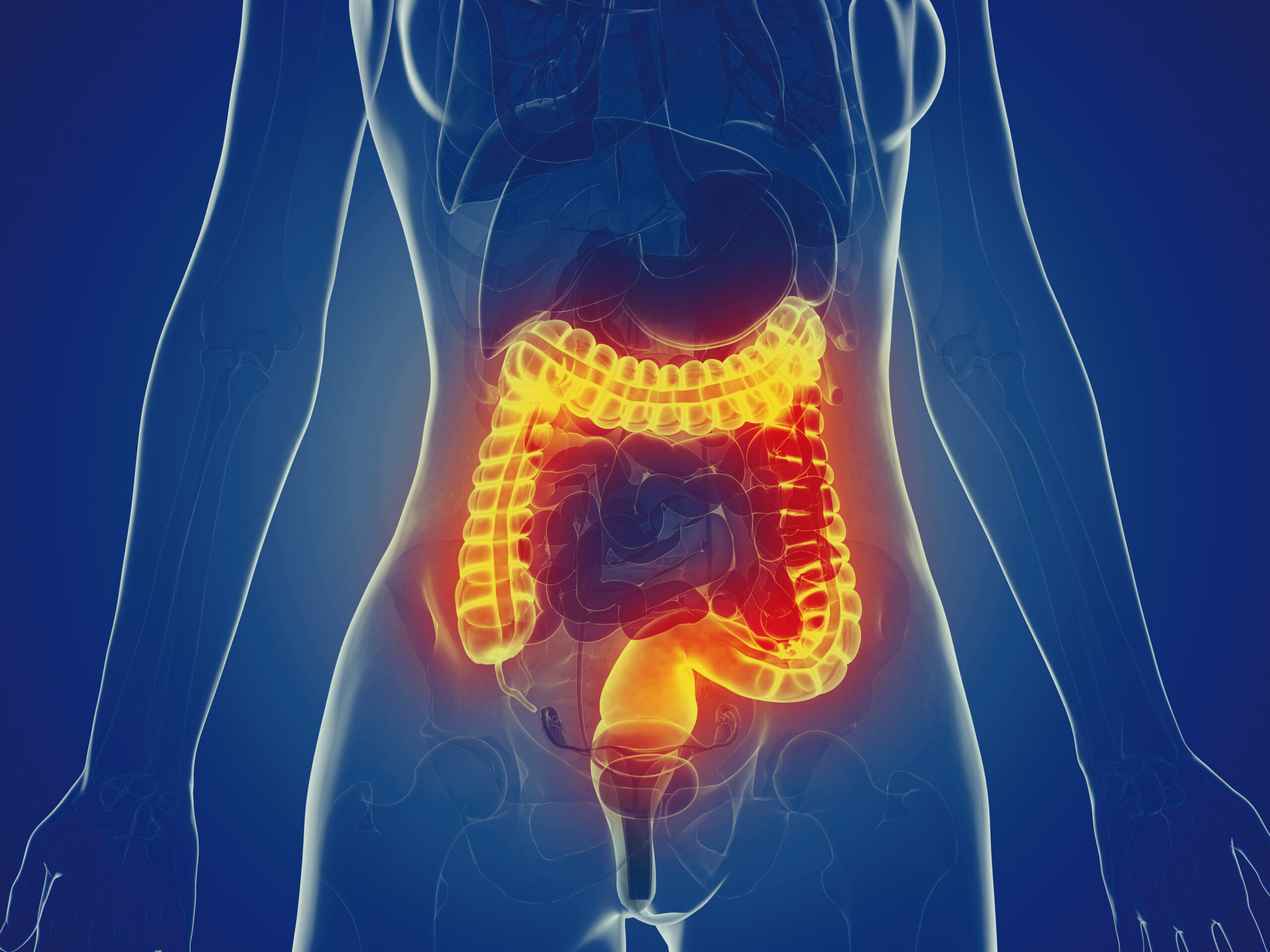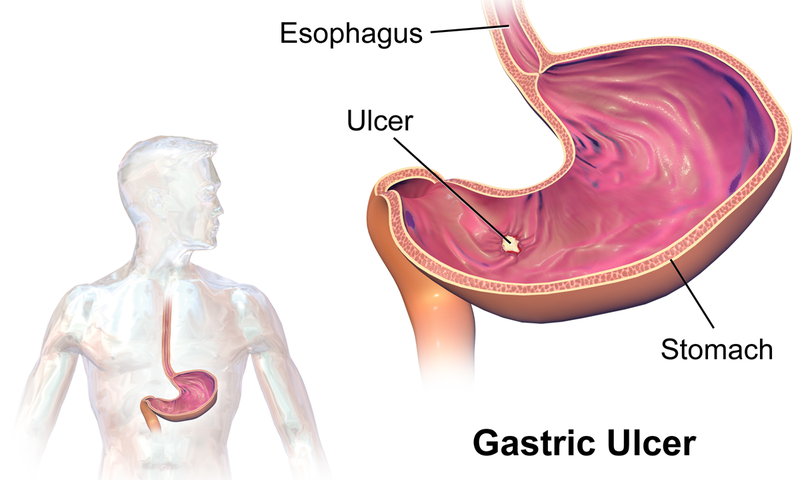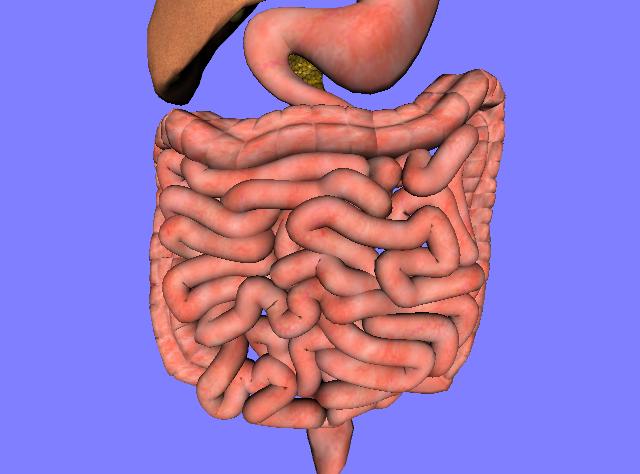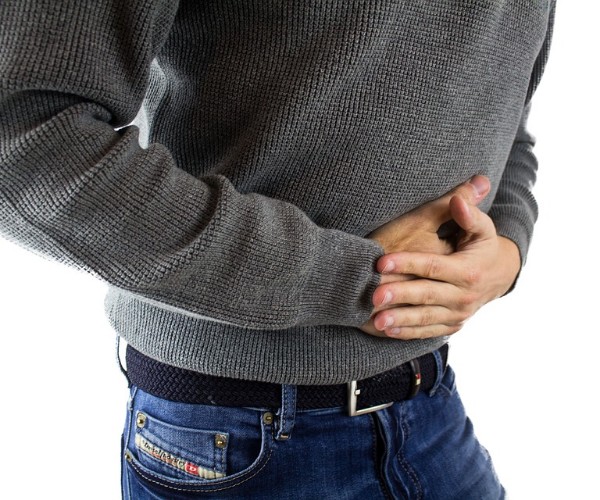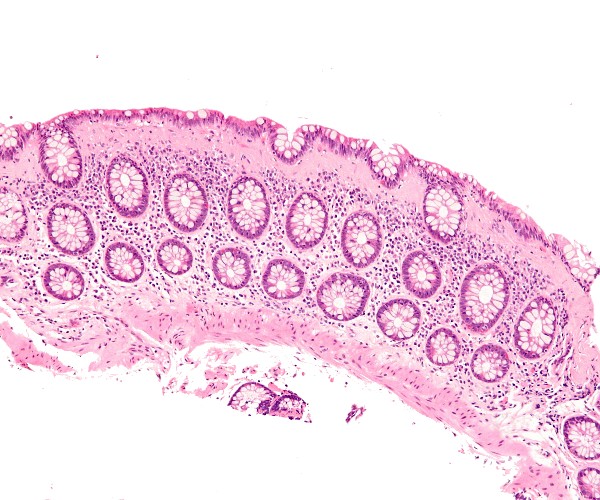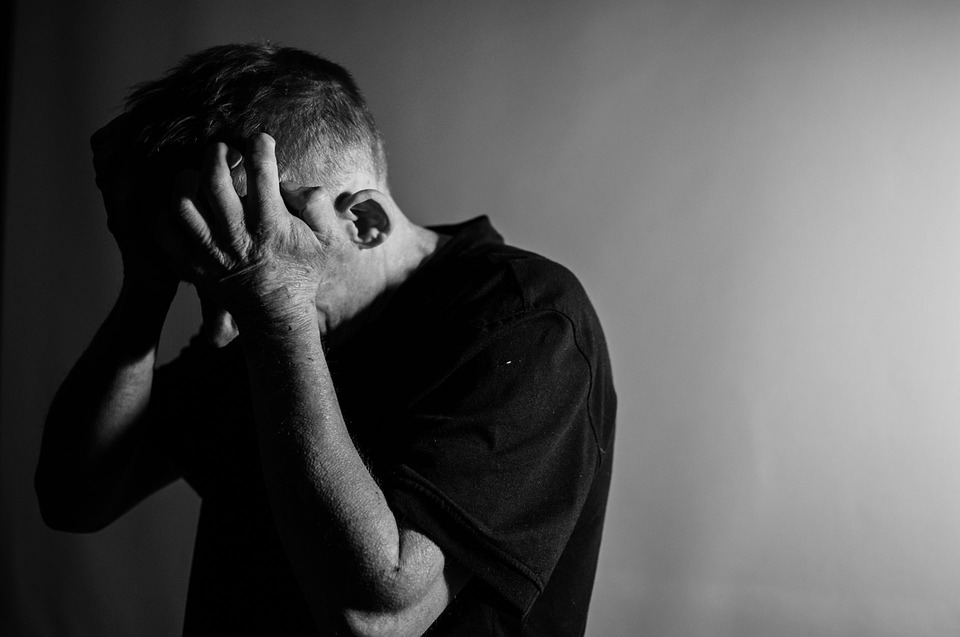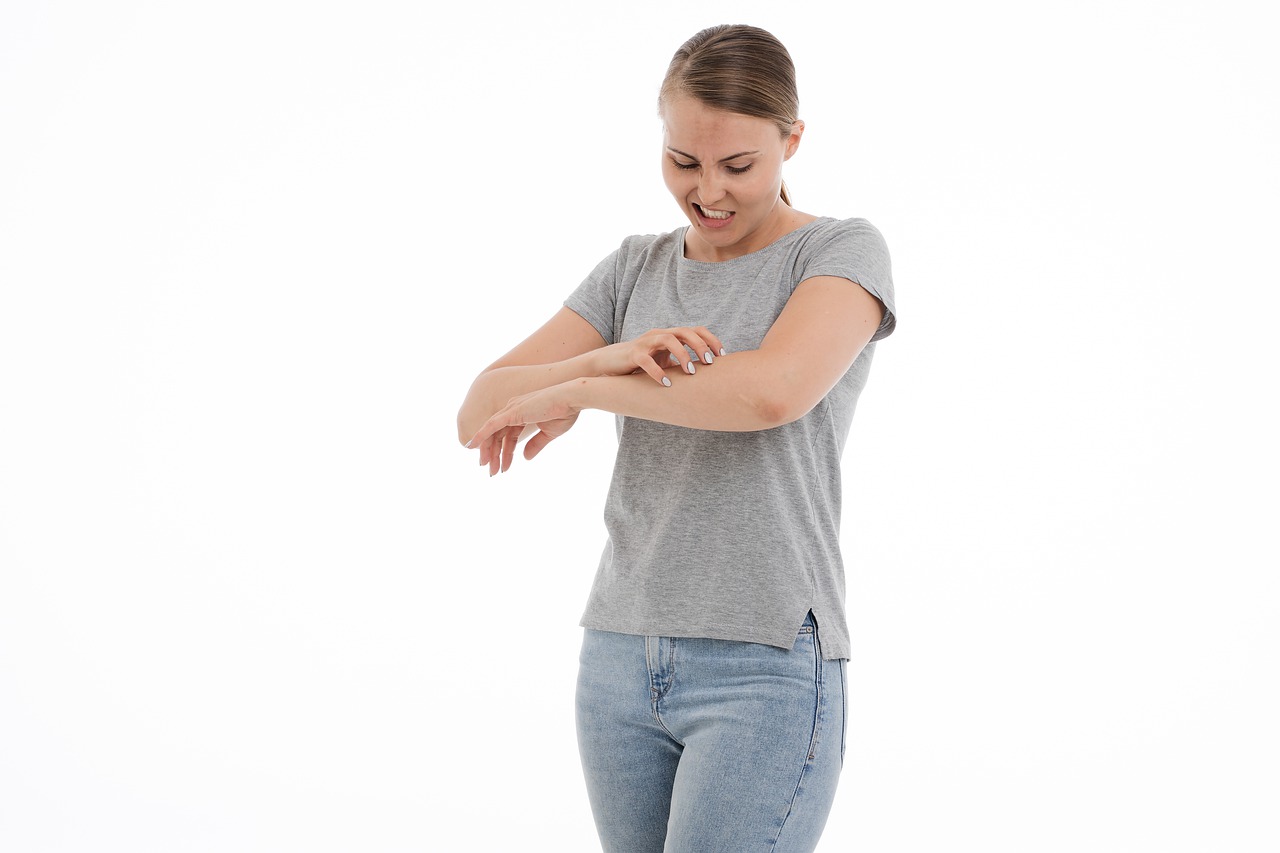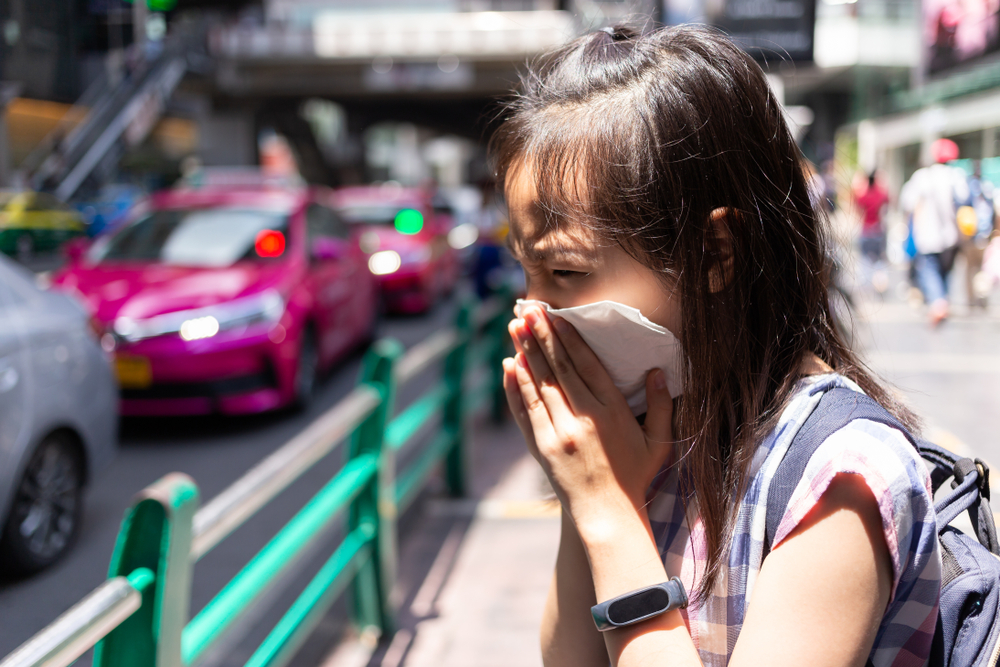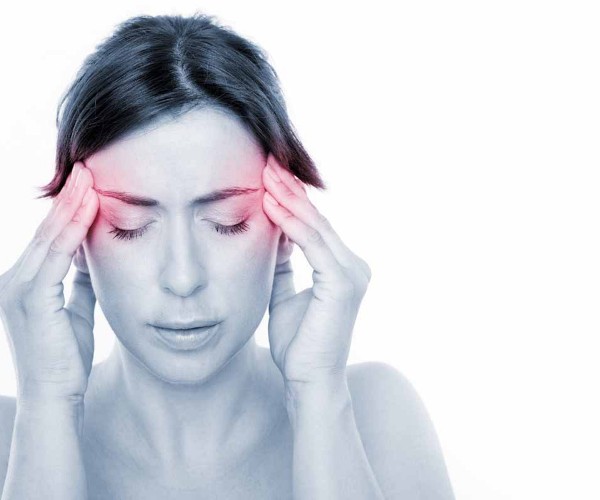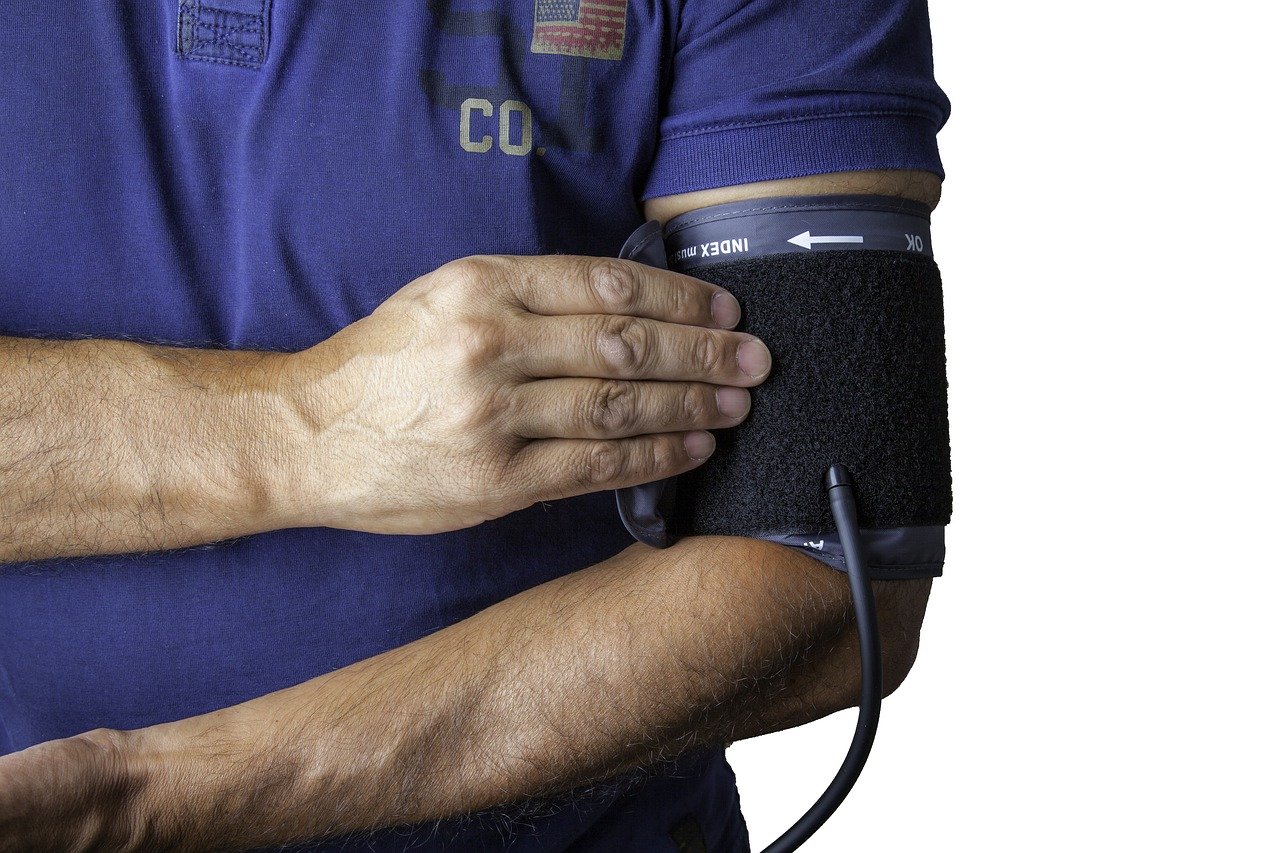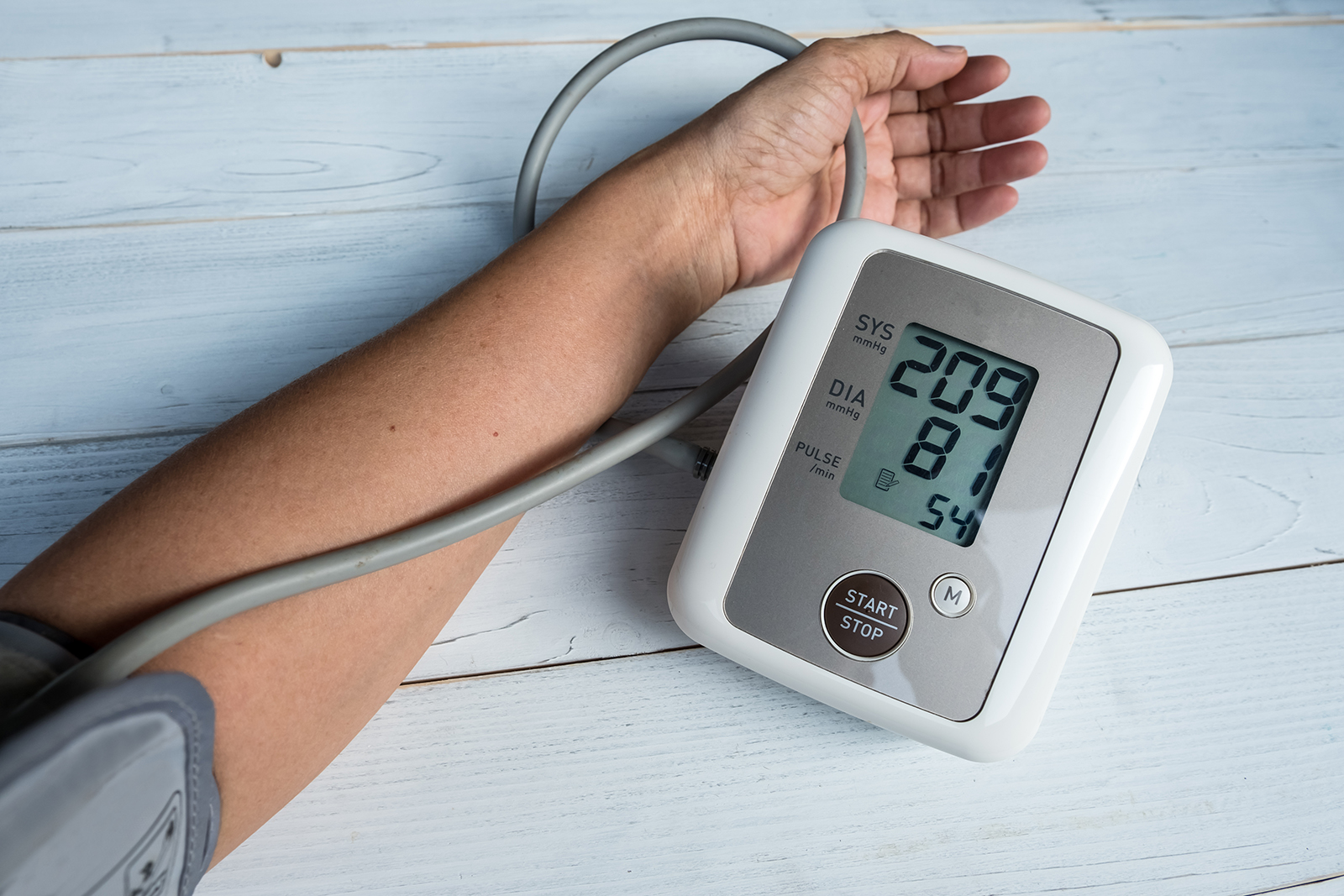I due reni elaborano tutto quello che mangiamo o beviamo, compresi i medicinali, gli integratori e tutto ciò che può farci male.
LE 10 REGOLE
Prevention is the only effective solution to curb kidney disease issues, and undergoing regular check-ups can reduce the risks, impact, and consequences associated with kidney disease. Following a balanced diet and adopting a proper lifestyle are key elements to protect your kidneys, but more importantly to ensure a satisfactory state of health for your whole body.
1. CHECK BLOOD PRESSURE
The most serious aspect of hypertension is the fact that more than 40 percent of sufferers do not know they have it, and a large proportion of those who do know are treated poorly and often sporadically or intermittently. High blood pressure sets the stage for a poorly lived old age, with the risk of serious heart, brain, and lower limb problems. Blood pressure is usually first detected during a medical examination; it is imperative that from that time the patient begins his or her own self-monitoring at home, usually around 5 to 6 p.m. when the maximum effect of any tablets taken in the morning is waning. Optimal blood pressure is 130/80. Obviously, blood pressure varies throughout the day, influenced by tensions, emotional states, stress, it drops during sleep and rises again toward morning. These are all elements to be taken into account when checking, which at home with electronic equipment should be measured three successive times, leaving out the first and second measurements and keeping the third valid.
2. TAKING BLOOD TESTS
Initial screening is very simple. Dosage of azotemia, creatininemia, uricemia, plasma electrolytes, CBC, calcemia complete urine examination is required. If abnormal values are found on examination, a nephrology examination is useful.
3. TAKING URINE TESTS
Urinalysis is the simplest and cheapest method for an initial assessment of the health of our kidneys. It provides important elements such as the presence or absence of blood, protein, possible infection. It also informs about the concentration capacity of urine, which is an important sign of assessment of kidney function. Unfortunately, technology often does not help, unlike a few years ago when a drop prepared by centrifugation was looked at under a microscope, which allowed assessment of the presence of cylinders that could point toward an initial diagnosis of kidney disease or crystals indicative of a calculosis risk; today we almost always resort to dipping a stick in urine, which provides less meaningful data.
4. HAVE A NEPHROLOGICAL EXAMINATION
The nephrology examination brings together all the elements announced so far: blood pressure evaluation, blood and urine tests with renal function tests. After a thorough evaluation of the patient’s situation, more in-depth examinations, appropriate therapies and periodic checkups will be prescribed.
5. HAVE A RENAL ULTRASOUND
Renal imaging is an essential exam to get a lot of information about kidney health. Remember to ask for renal ultrasound and not full abdomen ultrasound because in the latter the operator does not focus on the particular issues posed by examining only one system, such as the kidney.
6. HAVE AN ELECTROCARDIOGRAM AND CARDIOLOGY EXAMINATION
In people older than 50 years, heart disease very often precedes or accompanies kidney disease; therefore, a cardiologic approach to the problem is useful. The need for a cardiology examination and electrocardiogram is also found in young people who play sports. The cardiologist based on clinical findings will assess whether or not an echocardiogram is needed.
7. DOING PERIPHERAL VESSEL CONTROL
Peripheral vessel monitoring is performed by performing a lower extremity color doppler echocolor. Arterial: allows assessment of the status of the vessels that carry blood to the lower limbs, and is useful in patients with vascular disease: high blood pressure, atherosclerosis, high cholesterol, previous history of coronary stents or bypasses, carotid artery disruption surgery. Venous allows assessment of venous status: presence of thrombophlebitis, superficial and deep venous thrombosis.
8. HAVE THE CAROTID ARTERIES CHECKED
It is a very simple examination that provides information about the state of our arteries and thus the entire vascular system of the body. It is advisable to perform an initial evaluation after the age of forty to assess that the regularity of blood flow is not altered by the presence of atheromatic plaques that initially do not create changes in flow, but in the absence of therapeutic measures may over the years narrow the lumen of the vessels to the point of creating a stenosis of more than 50% that may, in the judgment of the treating physician, require surgery.
9. MAKE A BALANCED DIET
Most cardiovascular diseases, including those affecting the kidneys, depend on an improper diet. It is so obvious that it is hard to believe that this concept does not fit into people’s minds.The food pyramid is significant; in this regard from the base to the apex are listed the liquids and foods whose intake should be reduced as you reach the apex. No one can eat cold cuts, red meat, eggs, and plenty of sweets every day. Instead, pasta, rice, white meat, fish, five servings of vegetables a day, and plenty of fruit should be preferred. Drink at least one and a half liters of water daily,and possibly a glass of wine with meals. Sinning is allowed, but it cannot be every day.
10. ADOPT CORRECT LIFESTYLES
No smoking
Do not add salt to foods.
Control your weight: obesity and overweight are the first indicator of an altered state of health.
Drink a maximum of 3 coffees per day.
Drink at least one and a half liters of water.
Do regular physical activity: at least thirty minutes a day of brisk walking.
Insight: http://www.aspremare.org/prevenzione-malattie-renali/



